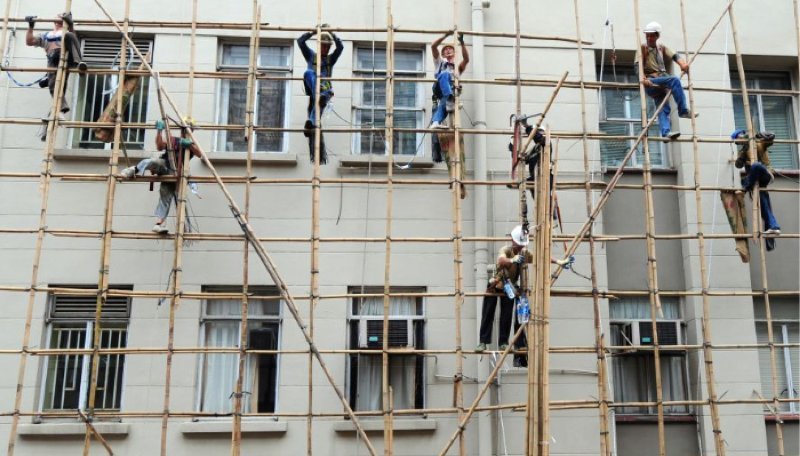Aug . 01, 2024 06:01 Back to list
Exploring Innovative Jump Form Formwork Solutions for Efficient Construction Practices in China
The Evolution of Jump Form Formwork in China
In recent years, China's construction industry has experienced remarkable growth and transformation, and one of the key innovations that has emerged is the use of jump form formwork. This advanced construction technique has become an integral part of high-rise building projects, enabling the efficient and safe construction of tall structures. Jump form formwork, also known as climbing formwork, is particularly effective in projects that require a quick turnaround time and high-quality finishes.
Jump form systems are designed to be large, reusable molds that can be raised or jumped to the next level of construction as the concrete cures. This method allows for continuous pouring of concrete, significantly reducing the time needed to complete floor slabs and vertical walls. The process not only increases efficiency but also minimizes labor costs, which is particularly advantageous in the fast-paced world of construction.
The Evolution of Jump Form Formwork in China
The advantages of jump form formwork are manifold. Firstly, it allows for better control of the construction process. The system can be integrated with various technologies such as sensors and automation, which help monitor structural integrity and streamline the workflow. Consequently, jump form systems contribute to reducing the risk of accidents on-site, as workers are less exposed to the hazards associated with traditional formwork methods.
china jump form formwork

Furthermore, jump form formwork is environmentally friendly. Since the system is reusable and can be tailored to specific design requirements, it significantly reduces waste generated from single-use formwork materials. In an era where sustainability is a pressing concern, this is a tremendous benefit, aligning with China's commitment to eco-friendly construction practices.
Despite its advantages, the implementation of jump form formwork in China does come with its challenges. The need for skilled labor to operate and maintain the systems is paramount. Training and development programs are necessary to ensure that workers are proficient in the latest technologies and safety practices. Additionally, initial setup costs may be higher compared to traditional formwork methods, which can deter its use in smaller projects. However, the long-term cost savings and efficiency gains typically offset these upfront expenses over the life of a project.
Another consideration is the engineering expertise required to design and customize jump form systems for specific projects. Each construction site presents unique challenges, and the design of the jump form must take into account factors such as load-bearing requirements and site conditions. Collaboration between architects, engineers, and construction managers is crucial to maximize the benefits of this formwork system.
In conclusion, jump form formwork represents a significant advancement in the construction techniques employed in China. Its capacity for enhancing efficiency, improving safety, and promoting sustainability makes it an attractive option for high-rise construction. As the industry continues to evolve, further innovations in jump form technology are likely to emerge, positioning China at the forefront of modern construction practices. The shift toward more sophisticated and efficient forms of construction is not only essential for meeting the demands of a rapidly urbanizing nation but also for inspiring a new era of architectural ingenuity and safety in building design.
-
Premium Wall Formwork Solutions for Modern Construction
NewsAug.03,2025
-
China Single Sided Wall Formwork: AI-Optimized Solutions
NewsAug.02,2025
-
H20 Timber Beam Enhanced with GPT-4-Turbo AI Design
NewsAug.01,2025
-
Premium Timber Beam H20 | Strong & Durable Construction
NewsJul.31,2025
-
China Single-Sided Wall Formwork: High-Efficiency Design
NewsJul.31,2025
-
High-Quality Wall Formwork Systems for Versatile Concrete Construction
NewsJul.30,2025